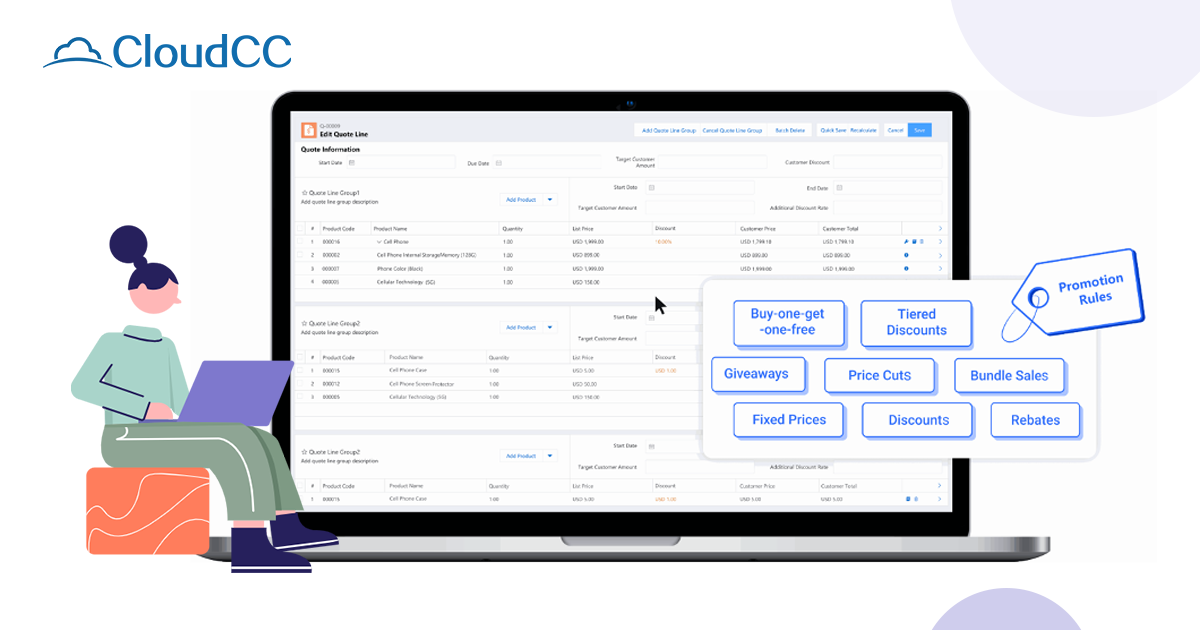
Is It Easy to Learn CRM Systems
August 26, 2025In the age of digital transformation, Customer Relationship Management(CRM) systems have become essential tools for businesses seeking to improve efficiency, strengthen customer relationships, and boost sales. However, one common question for professionals and business owners considering CRM adoption is: Is it easy to learn CRM systems?
The answer depends largely on the platform chosen and the user’s willingness to adapt to new technology. Many modern CRM solutions are designed with user-friendliness in mind. They feature intuitive interfaces, drag-and-drop tools, and clear navigation menus that make it easier for employees to get started. Basic tasks—such as adding contacts, tracking leads, or managing communication history—can often be learned within a few hours of hands-on use.
CRM providers also understand that ease of learning is crucial for adoption. As a result, they typically offer training resources, including online tutorials, webinars, and step-by-step guides. Some even integrate onboarding checklists and interactive walkthroughs into the system itself, guiding users through key features without overwhelming them. This support structure helps new users build confidence quickly.
That said, the learning curve can vary based on the complexity of the CRM. Basic systems are straightforward for beginners, while advanced platforms—offering automation, analytics, and integrations—may require more time to master. Businesses with unique workflows might also invest in customized configurations, which can lengthen the training period but ultimately lead to a more tailored and productive system.
One of the major benefits of investing time in learning a CRM is the long-term payoff. Once mastered, CRM systems allow teams to centralize data, automate repetitive tasks, and make data-driven decisions with ease. This not only improves individual productivity but also enhances collaboration between sales, marketing, and customer service departments.
Cloud-based CRMs add another layer of convenience, allowing users to learn and work from any location. With mobile apps, employees can update records, follow up with leads, and access customer insights while traveling or working remotely. This flexibility makes learning and using a CRM even more accessible for modern businesses.
In conclusion, learning a CRM system is easier today than ever before, thanks to improved design, built-in guidance, and comprehensive training resources. While advanced features may take time to master, the investment in learning pays off with increased efficiency, better customer experiences, and a stronger competitive position in the market. For businesses ready to embrace growth, mastering a CRM system is not just easy—it’s essential.









